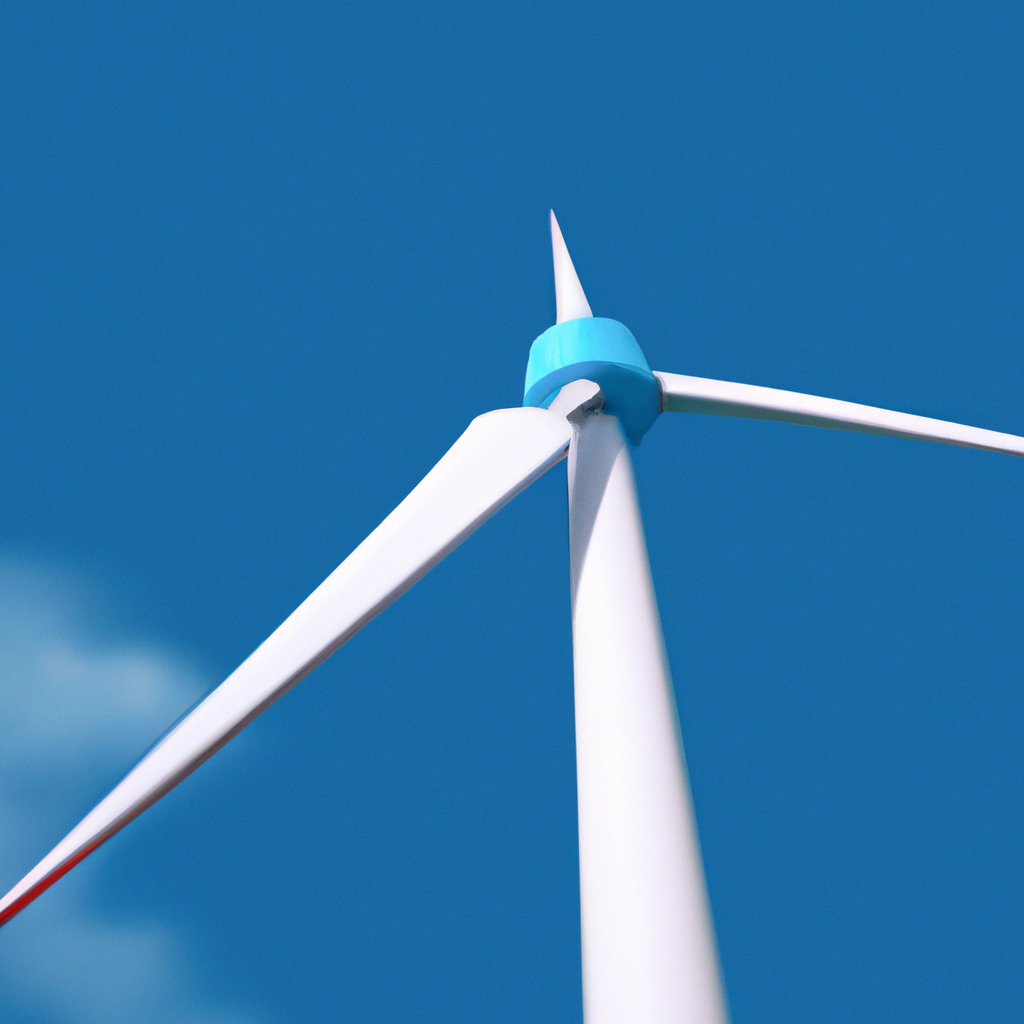Electricity production has been one of the most significant milestones in human history. The ability to harness electricity has revolutionized the world, and it has become an integral part of our daily lives. However, non-renewable sources of energy, such as coal and oil, have proven to be unsustainable and harmful to the environment. Renewable sources of energy have, therefore, become increasingly popular, with wind power being one of the most promising. In this article, we will explore how electricity is produced in a wind turbine, and how this technology has become a crucial part of the sustainable energy mix.
Understanding Wind Turbines
Wind turbines are machines that harness the power of wind to generate electricity. They consist of three main components: the rotor, the nacelle, and the tower. The rotor is the part of the turbine that captures the wind’s energy, while the nacelle is the housing that contains the generator, gearbox, and other components that convert the energy into electricity. The tower supports the rotor and nacelle, and it is usually constructed using steel or concrete.
Wind turbines come in different sizes, ranging from small turbines that can power a single home to large turbines that can power entire towns. The size of the turbine depends on the amount of electricity required and the available wind resources in the area. Generally, larger turbines are more efficient, as they can capture more wind energy.
How Wind Turbines Produce Electricity
Electricity production in a wind turbine can be summarized in four main steps, as follows:
1. Wind Energy Conversion
The first step in electricity production is the conversion of wind energy into mechanical energy. This is achieved through the rotor, which is made up of two or three blades that are attached to a hub. As the wind blows, it causes the blades to rotate, which in turn, rotates the hub. The energy from the rotating hub is then transferred to the gearbox.
2. Mechanical Power Transmission
The gearbox is responsible for increasing the rotational speed of the rotor. This is necessary because the generator requires high rotational speeds to produce electricity. The gearbox also converts the rotational speed of the rotor into the appropriate speed for the generator.
3. Electrical Power Generation
The generator is the heart of the wind turbine, and it is responsible for converting the mechanical energy from the rotor into electrical energy. The generator consists of a rotor and stator. The rotor is attached to the gearbox and rotates at high speeds, while the stator is stationary and contains the conductive wire coils. As the rotor rotates, it creates a magnetic field that induces an electric current in the stator coils. This current is then transmitted to the electrical grid through a transformer.
4. Connection to the Electrical Grid
The final step in electricity production is the connection to the electrical grid. The electricity generated by the wind turbine is transmitted through a transformer, which increases the voltage to match the grid’s voltage. The electricity is then sent to the local distribution network, where it can be used by consumers.
Benefits of Wind Power
Wind power is a clean, renewable, and sustainable source of energy. Unlike fossil fuels, wind power does not produce greenhouse gases, which are harmful to the environment. Additionally, wind power is abundant and widely available, making it an excellent source of energy for both developed and developing countries.
Wind power is also cost-effective, especially in areas with high wind resources. The initial investment in wind turbines can be expensive, but the long-term benefits outweigh the costs. Wind power is also becoming increasingly competitive with traditional sources of energy, such as coal and natural gas.
Conclusion
Electricity production in a wind turbine is a complex process that involves the conversion of wind energy into electrical energy. Wind turbines are becoming an increasingly popular source of renewable energy because they are clean, sustainable, and cost-effective. Wind power is a crucial part of the sustainable energy mix, and it has the potential to significantly reduce our dependence on non-renewable sources of energy. As we continue to explore and develop new technologies, wind power will undoubtedly play a critical role in ensuring a sustainable and green future.







